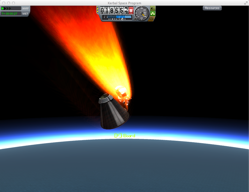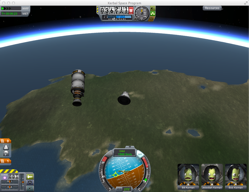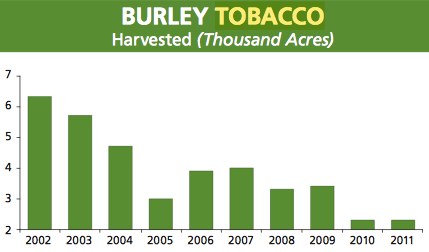My reflections & reactions are in red and italics

I thought I would take some time to go through the notes I took at ISTE last week and include here some of the ideas that struck me – for what ever reason. This will probably consist of short observations of new ideas and new twists on old ones. As I’ve probably written before, I attend these conferences for the language, new ways of thinking and talking about modernizing education. With 30 years in ed tech, new technologies are usually a surprise.
While at the conference, a number of people, glancing over my shoulder, asked how I was taking notes. I was using GoodNotes, which I like using because I’m actually writing the notes with a stylus, and I find that I’m process ideas differently in long-hand than when I type them. Also, I can import or take photos with the iPad, such as shots of presenter slides or of the presenter — on top of which I can write down notes or comments. Below is an example notes page. I took a photo of this Hack Education conversation to anchor the notes to a specific place and time.
ISTE, for me, started with Hack Education, formerly known as the “EduBloggerCon.” The first impression that hit me, not long after the first conversation began, was how difficult it is to truly visualize, in general terms, the changes we were talking about – and how do you promote School 2.0, when it can’t easily be seen. If you can’t point to it, how do you describe it to non-educators? As I wrote in a previous blog, I suspect that an answer might be to focus more on “Student 2.0,” someone we can point to – and then design education around that.
Another barrier to retooling classrooms, that became even more apparent to me last week was the lack of consistency in leadership. Some of the most interesting schools that I have seen, have recently had their innovative programs squelched by new leadership – leaving the innovators little choice but to move on.
I think that one of the great brain-wrinklers of the day came from David Jakes, who said,
“We need to shift from a focus on’Engagement’ to focusing on ‘Empowerment.’“
I’ll jump ahead here to another hacker quote quote. I do not remember who said it, but,
“The person who does the work is the person who does the learning.”
If working is what leads to learning, then learners need tools that empower them to accomplish that work.
Someone else said,
“We’re actually looking for a rebirth of old ideas! “
So true and something that we too often forget.
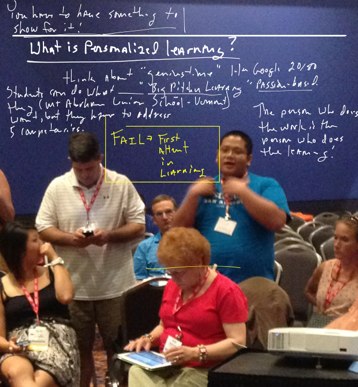
There was some discussion about our use of the word “FAIL” in conversations about education, as we promote the value of failure in learning. Common notions about failure, after all, are entirely contrary to this positive spin. But I feel that if we can get people, adults, to think about the learning that they’ve done since leaving classrooms, and how that learning was accomplished, they will come to see that failure is an essential part of learning. I thought that this was an interesting acronymic arrangement for failure.
| F |
– |
First |
| A |
– |
Attempt |
| I |
– |
In |
| L |
– |
Learning |
I jotted down a number of apps mentioned during the Tech Smackdown – and many thanks to Steve Hargadon for his attempts to keep the self-promoting venders out of the fray. I’ve not had a chance to look at all of these, but here are a few that I made note of.
Somebody asked whether “gamification” was just a marketing scheme? This got me to thinking and I concluded that if we do not understand how games help us to learn, the mechanisms that provoke learning, then marketing is probably a pretty accurate description of our attempts to “gamily” (See my reflections of Jane McGonigal’s Keynote). The comment probably came from a conversation about using badges for motivation. Someone said that if all you’re using is badges, then that’s not gamification. It’s badgification.
There was much conversation about why and how you would plant the awarding of badges in the classroom. I suggested that some badges needed to be hidden, a surprise that students happen upon — the reward for doing something productive that was not an expressed outcome – the learning along the way. Also, badges should not just be something that you wear. Badges should also be a passport to doing things or going places that you couldn’t before — new powers, so to speak.
McGonigal said that “reality is broken.” She said that a billion gamers around the world are using a connected device to play a game during any given hour. The game-nation is a network.
People spend 400,000 years playing Angry Birds a day.
92% of 2 year olds play video games (what are they going to think when we give them a textbook?)
Gamers spend 80% of their time failing.
McGonigal said that,
“The opposite of play is not work. The opposite of play is depression!“
That called to mind a quote by George Bernard Shaw,
“We don’t stop playing because we grow old; we grow old because we stop playing.“
One of the most interesting learning scenarios that I heard of at the conference was relayed by Cheryl Lemke. In a literature class, the students were reading Hamlet. The teacher created Twitter accounts for each of the main characters, and then assigned students to the accounts. They were encouraged to comment on the play, as they were reading it, in the voices of the characters. Very cool!
Lemke also said, “Give students non-googlable assignments!” I’m not sure that is entirely accurate. I’d say,
“Don’t test with questions that Google can answer.”
Will Richardson said, “The path to becoming a better teacher is becoming a better learner!” I agree with that entirely – and I believe that part of the key here is becoming a more self-aware learner, not just learning but reflecting on how you are learning. Here’s another quote shared by Richardson:
“We can’t be creative if we refuse to be confused. Change always starts with confusion.”
— Margaret Wheatley
Richardson then had us talk with each other about what confused us, and during that conversation it occurred to me that if you’re not confused, then you’re not paying attention – and
I regret that too many educators are not paying attention.
There is too much momentum behind making schools better. They don’t need to be better nearly as much as they need to be different. It’s a different world and school is not a “right of passage.” It’s a right of vantage. Its the right to be positioned in true relevance to yourself, your environment, your time, your culture, your economy and your world and the skills to participate.
He suggested that we are shifting from an institutionally controlled world to a world that is becoming self-organized. There are three starting points, according to Will Richardson:
- “Knowmatic” learning – Self-organized learning based on passions and I would add “on impending needs”
- Design thinking
- The maker movement
I think that there is a lot to think about in this list. Self-organized learning is not only a movement, but it is a necessity. It’s the self-organized learner that will succeed in a rapidly changing and flattening world – and it is entirely counter to the desires of the global education reform movement (GERM).
Design thinking is also a necessity, in that we’re all going to be solving problems and improving conditions, not just the engineers. Designing solutions with elegance, well, that is its own reward.
The maker movement is both solution and symptom. Its one more clue to a rapidly flattening world. Old institutional structures no longer support us and our individual needs. I am also starting to question our economic structures, but that’s for a different conversation.
Gary Stager was a perfect follow-up with his emphasis on the maker movement. He suggests
Three Game Changers
- Fabrication
- Physical Computing (intelligent objects)
- Programming
The real game change, he continued, is that shop and academics merge.
Too cool!
I do not clearly remember the context, but one of Stager’s slides stated that, “A good prompt is worth 1,000 words.” Good prompts have…
Three Qualities
- Brevity
- Ambiguity
- Immunity to assessment
Here is my interpretation of Stager’s list. A prompt must be clear and concise. It must be cloudless, as cloudless as a person’s own personal unarticulated observation of a problem. It should also NOT, in any way, suggest the solution. The learner has free reign to design and execute a personally-designed plan. Finally, if the end product can be assessed by any prior-established assessment routine, then the task was not about innovation. It was about compliance. I would suggest that there may be assessment methods that might work, but they wouldn’t be multiple choice, they would not question the designers – and institutional assessment isn’t part of the (learning) process anyway.
The School 2.0 unconference session, facilitated by Steve Hargadon, served to further refine my notions that it isn’t School 2.0 that we need to focus on, but student 2.0. That’s not my term, and I don’t particularly like it. We need a more descriptive term that does not dishonor the old teaching styles, which had their place in their time.
Sylvia Martinez put the icing on the cake of Gary Stagers presentation. Tinkering as pedagogy makes the best sense to me. Its how I learn. No-one could ever have taught me to program. Playing with code is the only way I could learn, and I would suggest, the best way to learn. She suggested that
“Many of the best programmers were, at some point in their lives, told that they were not good a math.”
I think that doing math to numbers and using math to work numbers are two entirely different things.
Qualities of the Tinkering Mindset
- Bricolage, playfulness, soft mastery
- Time
- Lower risk/stakes, imperfect data
- Trust the process, serendipity
- Expertise available (and not just the teacher)
- Does not mean unguided “discovery”
In many ways of thinking, Jason Ohler was the high point of my conference experience. It was a spotlight session in a large hall, so the atmosphere was that of a keynote, and his presentation exceed in quality and content any of the other “keynotes” of the conference. It’s been a long time since I saw Ohler present, but I don’t remember it being anything like this.
He used the phrase, “trends that bent,” and suggested that the three trends that are influencing education are
- Critical Thinking – he added in creativity, and made the term creatical thinking.
- New LIteracy
- Digital Citizenship
The trends that he included in the conference program were
- Augmented Reality – Think virtual field trip. I wear my Google Glass to a museum and project my experience back to my students. Of course there are all kinds of ethical issues. There’s a bar that have already outlawed Google Glass because of privacy issues. Where do kids talk about this stuff. Also, this is not the only kind of augmented reality.
- Semantic Web – You search the web and it returned what it thinks you are looking for. A bit problematic, though, because it depends on who “it” is. Ohler also suggested Web 4.0, which is the web of things. “Everything holds an app!”
- Transmedia Storytelling – Where the audience becomes part of the cast, so to speak. It’s about fan involvement. I wonder, to what degree, is education fan involved. How do we make that happen?
- Multisensory Projection – Left out in the presentation!
- Smart Clothes – Left out in the presentation!
Ohler added in
- XTreme BYOD, suggesting that using your own devices is what might turn us into personal learners. Hmmmm!
- and Big Data suggesting that the tension point might be
Predictive Anticipation
Vs.
Choice and Breadth
Ohler went on to suggest we watch http://www.kurzweilai.net for evidence of new trends. It’s in my Flipboard now.
About Adam Bellow’s keynote. I have to say that if the conference had opened with that presentation, I would have been a bit disappointed. But as a closing keynote, Bellow nailed it. He honored ISTE, the learning, the tech and our continuing struggles to make formal education as close to real life as possible.
Over the past couple of years, Adam’s presentation style, his confidence on stage, and his content have improved many fold. He’s one of those unique individuals who has been a teacher, but also understands today’s emerging information and communications technologies – as a builder. He’s a programmer and a communicator, and that combination is a rare jewel.
You can see my entire set of notes [here].
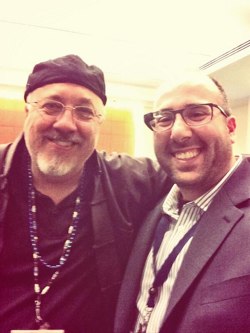

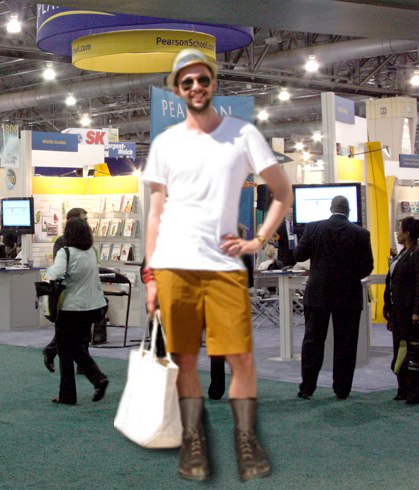
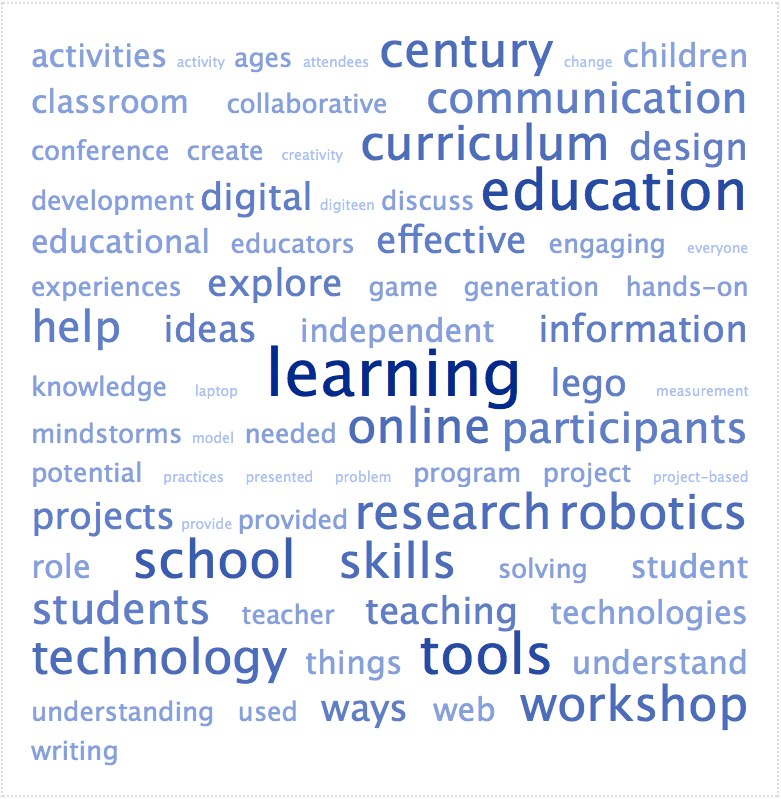
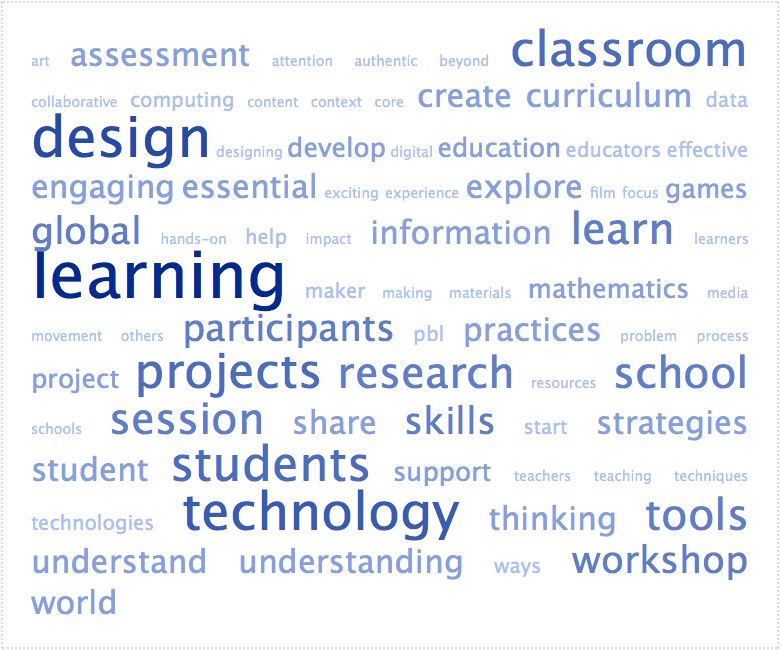
 Here is more evidence, a photo taken down Glenwood Avenue, just minutes after Brenda and I had driven through last Wednesday on our way toward a hotel near the Raleigh-Durham Airport. WRAL.com invited people to playfully add to the photo. You can see a slideshow of the photo manipulations
Here is more evidence, a photo taken down Glenwood Avenue, just minutes after Brenda and I had driven through last Wednesday on our way toward a hotel near the Raleigh-Durham Airport. WRAL.com invited people to playfully add to the photo. You can see a slideshow of the photo manipulations 
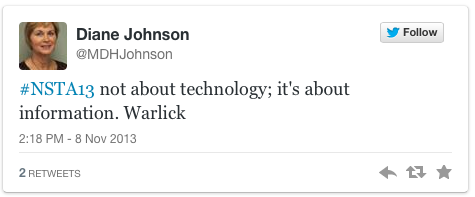
 ..and we continually ask, “How do I measure engagement?”
..and we continually ask, “How do I measure engagement?” 
